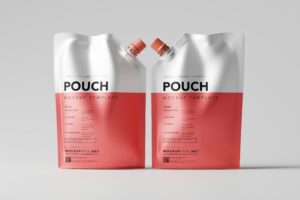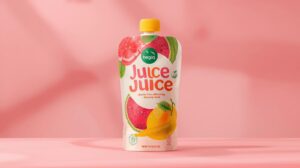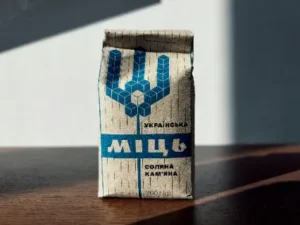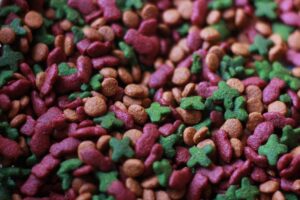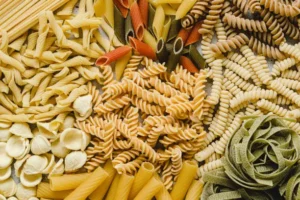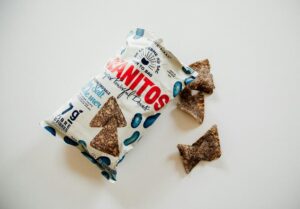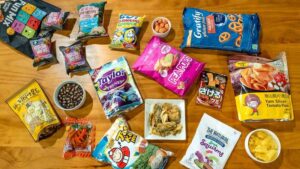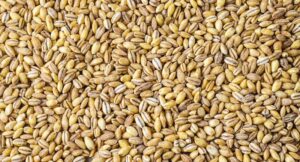Coffee is more than just a beverage—it is a ritual, an identity, and, for many brands, a competitive differentiator. In today’s crowded marketplace, coffee packing design plays a vital role in shaping customer perception, safeguarding product freshness, and enhancing overall brand value. This guide explores the essentials of creating effective coffee packaging that blends functionality, creativity, and sustainability.
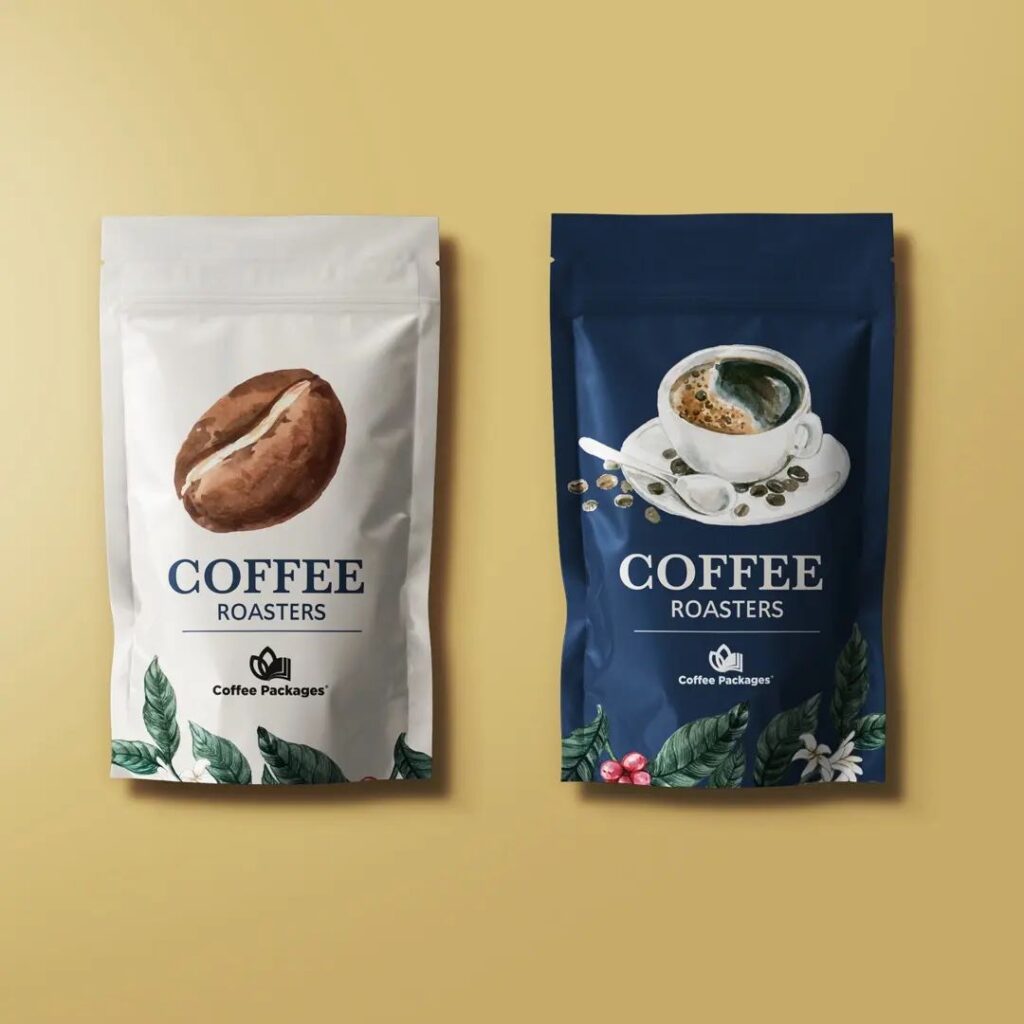
Coffee Packaging Importance
Packaging is the first physical touchpoint between a coffee brand and its customers. It communicates freshness, quality, and brand ethos long before the product is brewed. Effective coffee packaging solutions must address three dimensions:
- Preservation – Maintaining flavor, aroma, and shelf life.
- Brand Expression – Conveying unique identity through design.
- Market Differentiation – Standing out in a competitive retail and online environment.
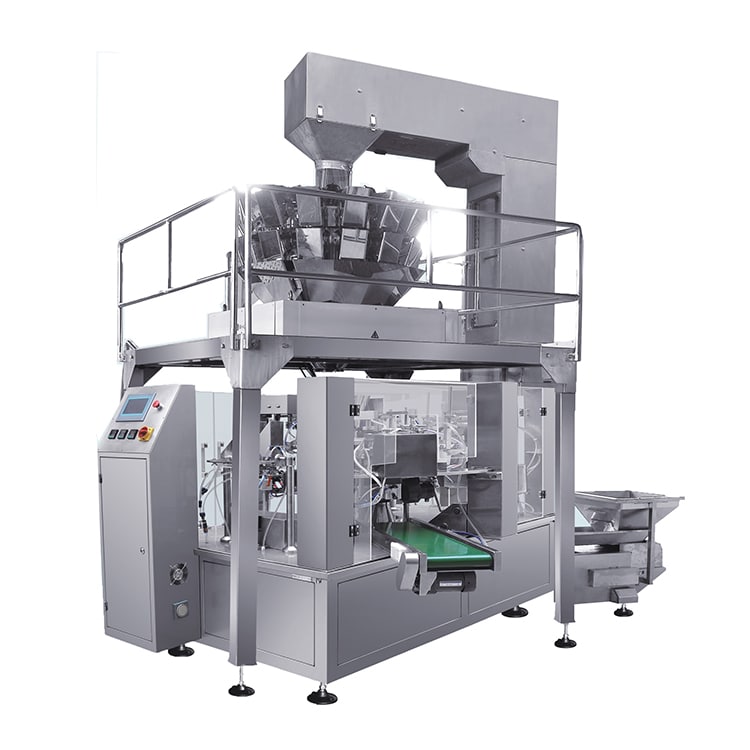
Market Size & Growth Trends
- The global coffee packaging market was valued at approximately USD 3.04 billion in 2023, with projected growth at a CAGR of ~4.2% from 2024 to 2030, reaching nearly USD 4.06 billion. (MAXIMIZE MARKET RESEARCH)
- Another report (IMARC Group) suggests the global coffee packaging market will grow from about USD 868.9 million in 2024 to USD 1,329.4 million by 2033, with a CAGR of ~4.84%.
- The coffee & tea packaging segment (wider but overlapping) was valued at USD 20.5 billion in 2024 and is expected to reach ~USD 30.1 billion by 2033, with CAGR around 4.5%. (Verified Market Reports)
These figures confirm that coffee packaging is a substantial and growing sector — key for brands to invest in design and materials.
Effective Coffee Packing Design
The purpose of coffee pack design extends beyond aesthetics. It ensures functionality (ease of storage, resealability), regulatory compliance (clear labeling), and brand storytelling. Done right, packaging transforms a bag of beans into a premium brand experience.
Why consumers care
- A recent poll found 72% of consumers say packaging design influences their purchasing decisions.
- In choices with packaging features, colour is especially powerful: ~85% of consumers considered colour a primary driving force when picking coffee packaging.
Thus, design isn’t superficial; it directly impacts sales, brand loyalty, and perception.
Understanding Coffee Packaging Solutions
Modern coffee packaging involves a balance between consumer needs, supply chain efficiency, and sustainability goals. Brands today must evaluate options across:
- Functional solutions – Valves for degassing, resealable zippers, protective foil or barrier layers.
- Eco-conscious solutions – Compostable or recyclable films, mono-materials, renewable resources.
- Custom branding solutions – Creative finishes, embossing, limited-edition artwork, or regional storytelling.
Types of Coffee Packaging Materials
Biodegradable Materials
Materials like PLA (polylactic acid), compostable films, or plant-based laminates can degrade under industrial composting conditions. Example: Market Lane Coffee moved from foil-lined, less compostable bags to plant-based or partially biodegradable “Biotre” bags.
Recyclable Materials
Mono-material plastics (e.g., mono-PE), or simpler paper-based structures, make recycling easier. Example: Swedish roaster Löfbergs partnered with Amcor to switch from a 3-layer PET+Al + PE structure (which is difficult to recycle) to a mono-PE recyclable packaging.

Flexible vs Rigid Packaging
- Flexible packaging (pouches, bags) is lightweight, cost-efficient in shipping, and better at conserving material per unit of product. The bags & pouches segment leads much of the coffee packaging market.
- Rigid containers like tins, jars or cans are more expensive, more material-intensive, but can serve premium positioning; also reusable or resealable which adds perceived value.
Choosing the Right Material for Your Brand
Consider:
- Shelf life / barrier protection (oxygen, moisture, UV).
- Cost (material + printing + logistics).
- End-of-life (recyclability, compostability).
- Market positioning (premium, sustainable, craft).
- Regulatory compliance (food safety, labeling laws, region-specific rules).
Creative Coffee Bag Design Ideas
Minimalist Coffee Bag Designs
- Clean layouts reduce visual clutter and reinforce premium or artisanal identities.
- Using limited colour palettes, typographic hierarchy, and negative space.
Interactive Coffee Packaging Concepts
- QR codes linking to origin stories, farmer profiles, brewing tips, roast dates.
- Windows showing beans, or tactile features (textures, embossing).
Utilizing Colours and Typography
- Colours evoke mood: earthy tones for origin/back-to-roots; metallic foils for premium; bright colours for modern or experimental blends.
- Typography must be legible under small sizes (e.g. retail shelves), and consistent with brand voice.
Sustainable Coffee Packaging Practices
Benefits of Sustainable Practices in Coffee Branding
- Enhances brand reputation and trust among eco-conscious consumers. Example: In a recent survey, 78% of US consumers consider environmental impact “very important” in purchasing decisions. (MTPak Coffee)
- Drives premium willingness to pay: many consumers say they’d pay more for products with authentic sustainability credentials. (MTPak Coffee)
- Regulatory alignment: brands moving early are better positioned for upcoming packaging laws (e.g. EU packaging directives).
Tips for Implementing Eco-Friendly Coffee Packaging
- Prioritize recyclable or compostable coffee packaging materials (mono-materials, plant-based).
- Simplify or reduce layers / laminations to avoid multi-material blends that are hard to recycle.
- Reduce weight/material usage: e.g. removing separate degassing valves or using lighter films. Example: Nagase’s TiMELESS® packaging reportedly removes up to 1 gram of plastic per bag, which in U.S. market scale translates to over 1,800 metric tons of plastic waste avoided annually. (NAGASE)
- Use inks and printing methods that are low in harmful chemicals and suitable for recycling.
- Consider refillable, reusable or returnable packaging systems for certain customer segments.
Coffee Branding and Packaging Integration
Aligning Packaging with Brand Identity
Packaging should seamlessly connect with the overall brand strategy—whether highlighting artisanal roots, luxury positioning, or sustainability leadership. Key touchpoints:
- Origin story (where beans come from, farmer relations).
- Roast / flavour profile (bold, mild, single origin).
- Visual style consistency across packaging, website, physical stores.
Case Studies of Successful Brands
- Löfbergs: Shift to recyclable mono-PE flexible packaging via their partnership with Amcor. Ensures both aroma protection and easier recycling.
- Market Lane Coffee: Transitioned from foil-lined and complex materials to simpler kraft paper with mineralised PE coating which is more recyclable, while maintaining freshness.
- Dollop Coffee: Their packaging choices led to environmental improvements in circularity and reduction in plastic/ocean-bound waste. (Exact numbers: annual estimated reduction in fossil fuel use, and ocean-bound plastic saved.)
- Caravan Coffee Roasters: Similarly, their packaging redesign showed measurable positive effects in fossil fuel usage and ocean-bound plastic avoidance.
Coffee Pouch Design Variations
Stand-Up Pouches vs. Flat Bags
- Stand-up pouches: excel in retail display (shelf presence), resealability, less storage space when filled. They are often preferred in the bags & pouches market segment.
- Flat bags: may be less expensive for production, more compact for storage and transport back of house, sometimes more suitable for bulk/wholesale or lower-cost lines.
| Feature | Stand-Up Pouches | Flat Bags |
|---|---|---|
| Shelf Display | Excellent | Good |
| Storage & Shipping Efficiency | Moderate | High |
| Cost | Higher | Lower |
| Add-On Features | Multiple (zippers, valves) | Limited |
Custom Shapes and Sizes
- Unique or limited-edition shapes can reinforce premium positioning.
- Tailored sizes (e.g. sample sachets, trial packs) appeal to different customer needs and can help with outreach.
- Be careful: custom shapes often incur higher tooling or moulding cost, and may complicate packing, shipping, or storage.
Conclusion
Effective coffee packing design integrates functionality, sustainability, and creativity into one cohesive brand expression. By choosing the right materials, embracing eco-friendly practices, and leveraging design innovation, coffee brands can achieve both customer satisfaction and long-term market growth.
To succeed:
- Use market data to inform material and format choices.
- Test packaging for freshness, barrier performance, and usability.
- Align packaging design with brand identity and sustainability commitments.
- Monitor regulatory developments to ensure compliance.
FAQs on Coffee Packing Design
Q1: What are the key elements of effective coffee packaging?
- Freshness preservation (e.g. barrier, degassing)
- Functional usability (resealing, easy to pour)
- Visual branding (colour, typography, shape)
- Sustainability (recyclability, minimal waste)
Q2: How can sustainable coffee packaging improve brand image?
- Stronger consumer trust and perceived integrity. Surveys show high percentages of consumers caring about environmental impact.
- Potential willingness to pay a premium for genuinely sustainable options.
Q3: Are there trade-offs between sustainability and product quality?
Yes — for example, some biodegradable films may not have as high barrier protection as traditional multi-layer laminates; some formats may degrade more quickly under heat/humidity. It requires careful choice, testing, and balancing of priorities.

